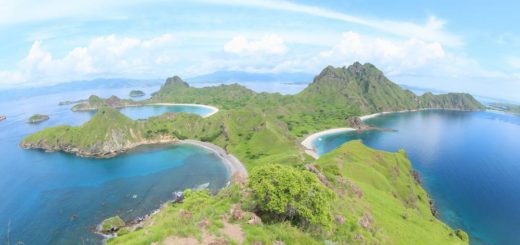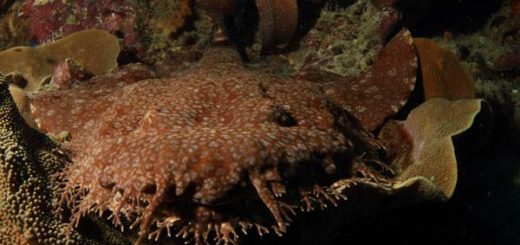Kobrey Village in Arfak Mountains, West Papua Province
Kobrey Village, which is located in Anggi highland, is part of the Arfak Mountain ranges, West Papua Province in the eastern part of Indonesia. We can find two lakes in the area, Anggi Giji and Anggi Gida Lake. In 2012, I had the opportunity to stay for approximately 43 days in Anggi highlands. Thanks to the University of Papua (known as The State University of Papua at that time) who arranged the Community Service in the area as part of our study. Here are some photos and stories from the Arfak Mountains taken in 2012.
The Trip to Anggi
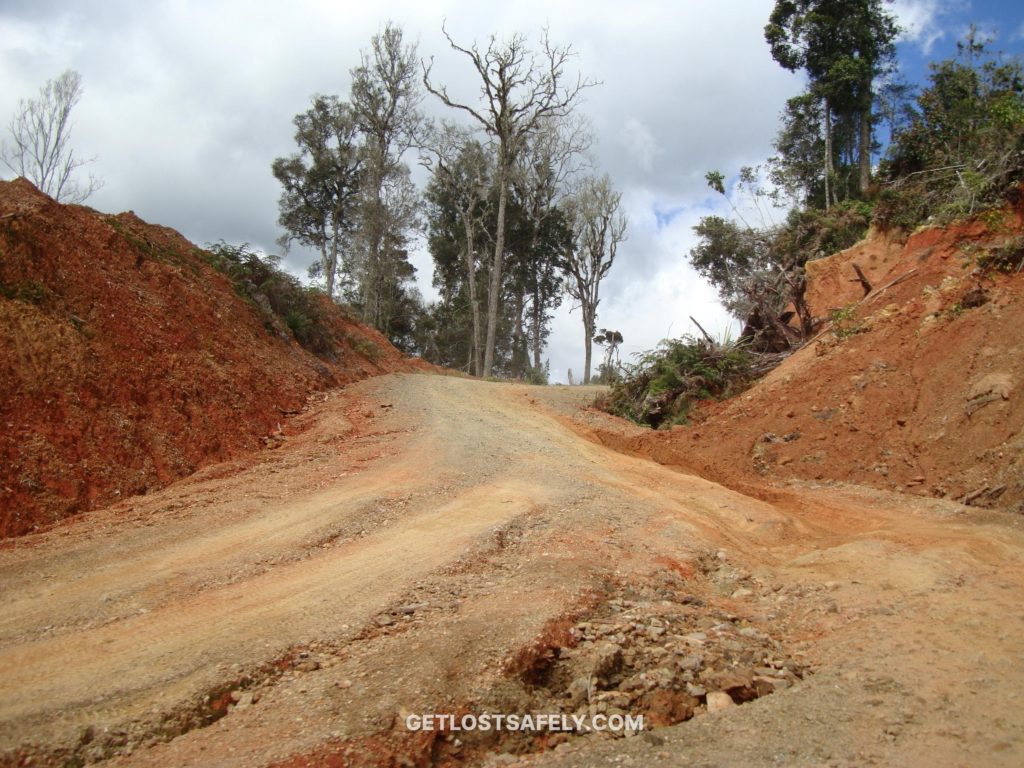
The trip to Anggi took a long time, about 4 to 6 hours from Manokwari City, the capital city of the province. The road was still on its modest form, only bare soil and stones. When it rains, there was a possibility that we couldn’t continue the journey due to landslides or overflowing river. Sometimes you might even have to go back to the city.
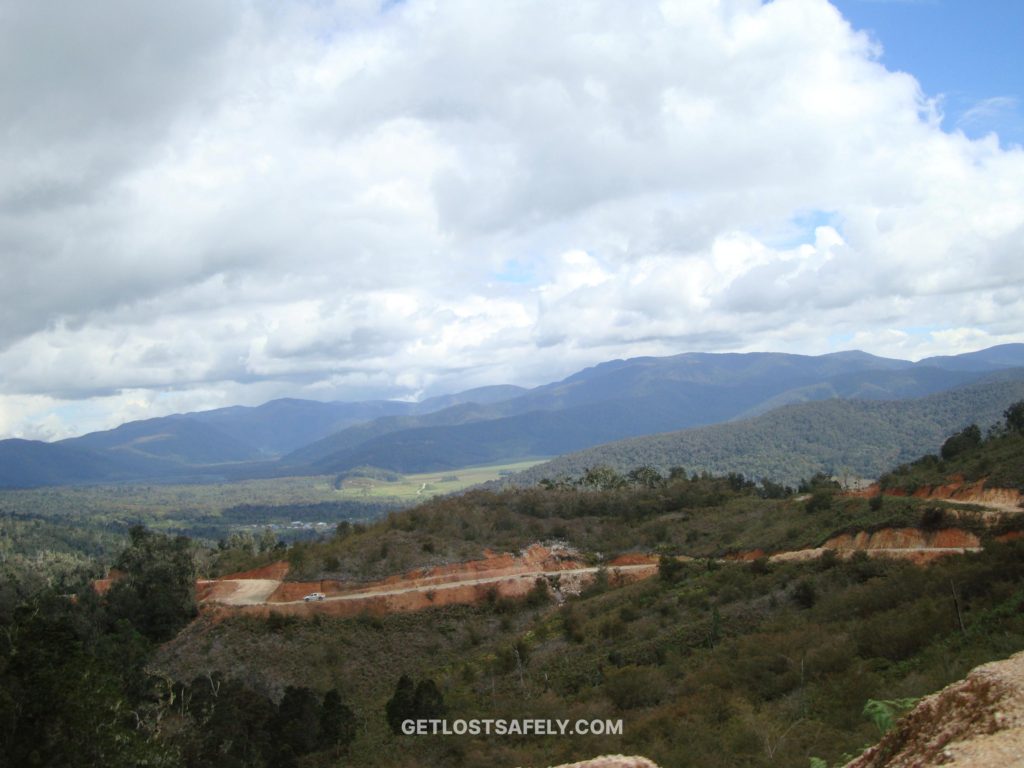
Cold… yes, that was the first impression as soon as I set foot in Anggi. Indeed, the temperature was much lower compared to the humid warm coastal breeze. Furthermore, the shrubs and trees looked very different from what I used to see in the lowlands. It looked like a whole new world.
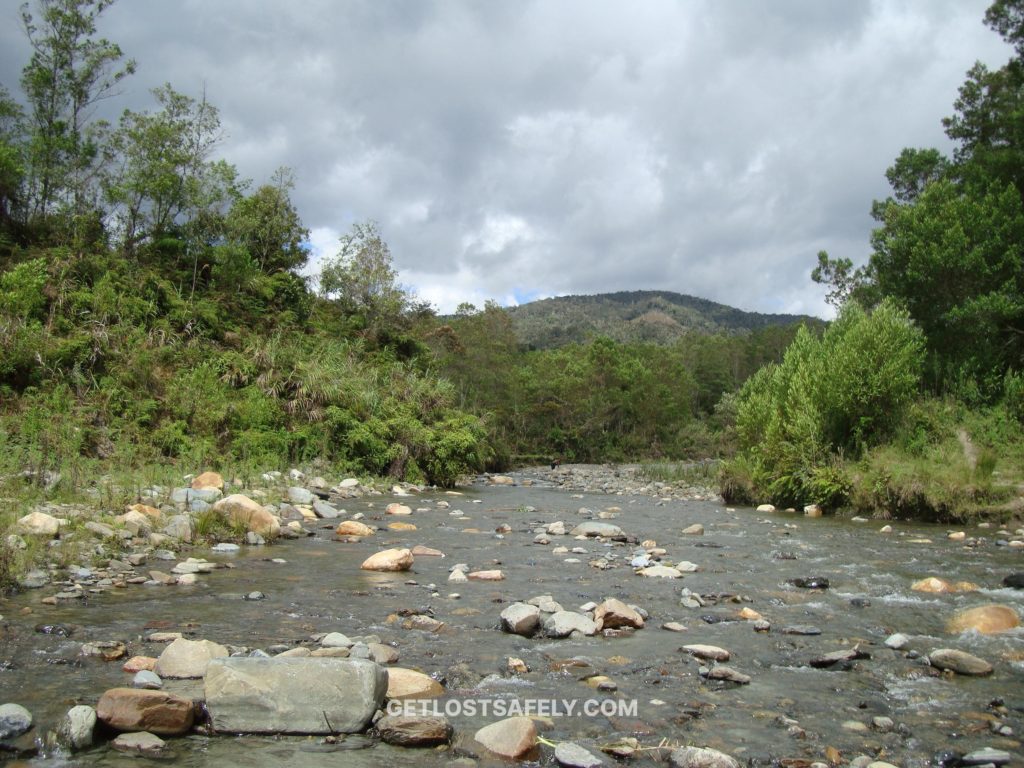
Another uniqueness of the area was the fence. Fences were still traditionally made out of wood arranged in such a unique way. It suited the mountain view that is often treeless, or as we called it “the bald mountain”. Traditional houses that were also forged from traditional materials could be seen around. Rumah Kaki Seribu, or translated as “The Millipede House”, is how they call the traditional house. Nonetheless, we saw some modern houses around the areas as well.
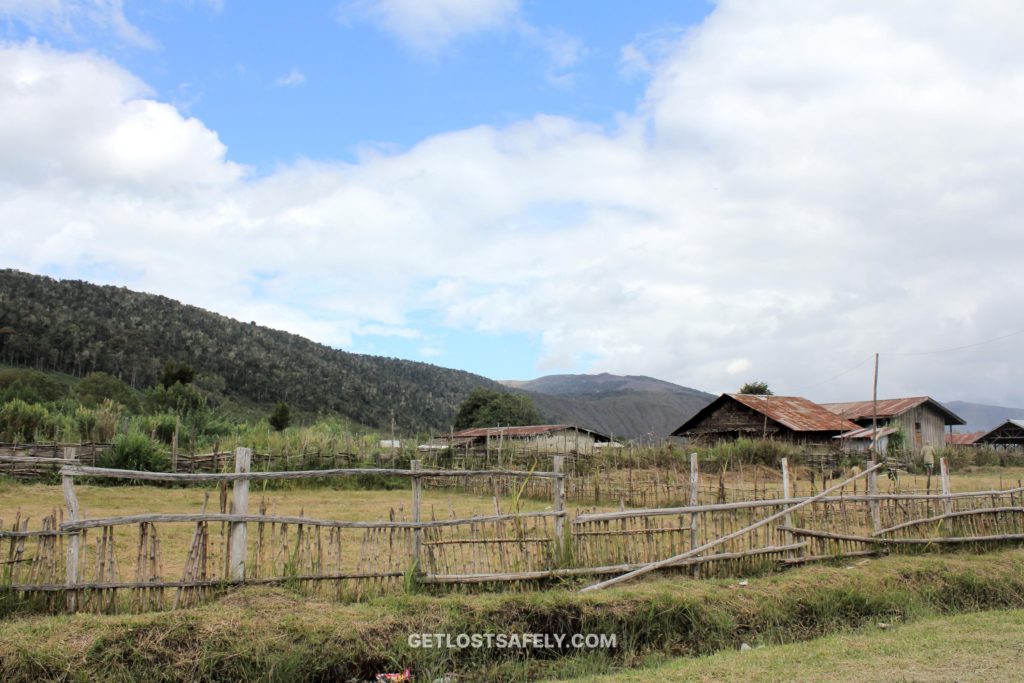
It’s probably just my opinion, but the scenery looks more beautiful and harmonious with the traditional houses and fences. It looks more natural. Indeed… these building techniques have been around for a long time and are part of the local wisdom in the community. The existence of modern buildings was a bit disturbing… a bit fictitious. Sadly, welfare is often associated with the stone house. Even though the wealth of local wisdom is far more valuable and worth keeping.
Kobrey Village
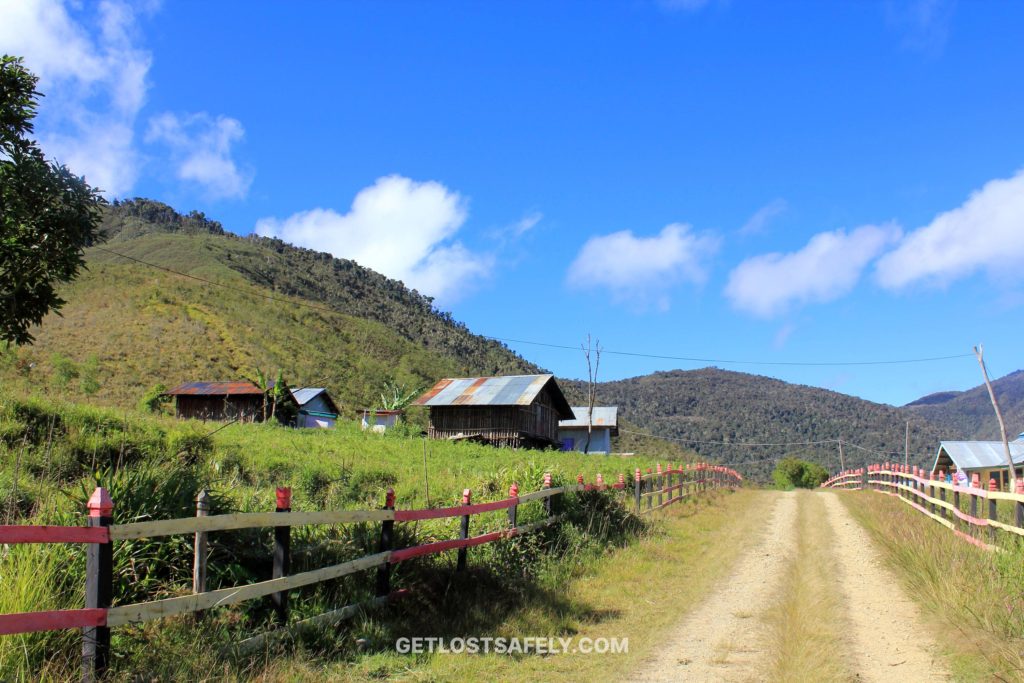
In 2012, Anggi district was still part of Manokwari Regency, the capital city of West Papua Province. At that time, Manokwari had 29 districts including Anggi dan Sururey District. Groups of students from the study program Aquatic Resources Management had the opportunity to conduct the community service in Sururey District. At that moment, Sururey District had 12 villages. We formed 5 groups that stayed in 5 different villages. I was staying in Kobrey Village.
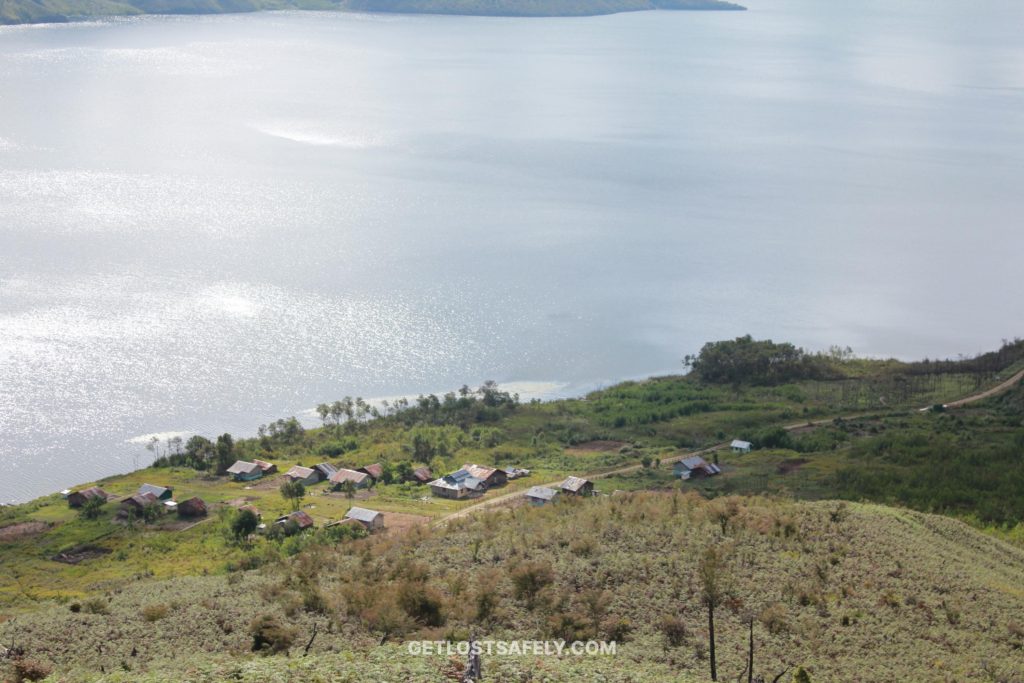
Based on the elderly story, the name of Kobrey Village came from the first Sough Tribe person who lived in the area namely Kobrey or Penggogo. The word means “Sweet Mountain”. Just aside the village, you can find the Anggi Giji Lake, or Danau Laki-Laki (“The Male Lake”). This was one of the main reasons why we came to conduct the activity, the Kuliah Kerja Nyata in a village near a lake. So we could learn and observe how the local people utilize the resources available in the lake.
Natural and Agricultural Conditions in Kobrey Village
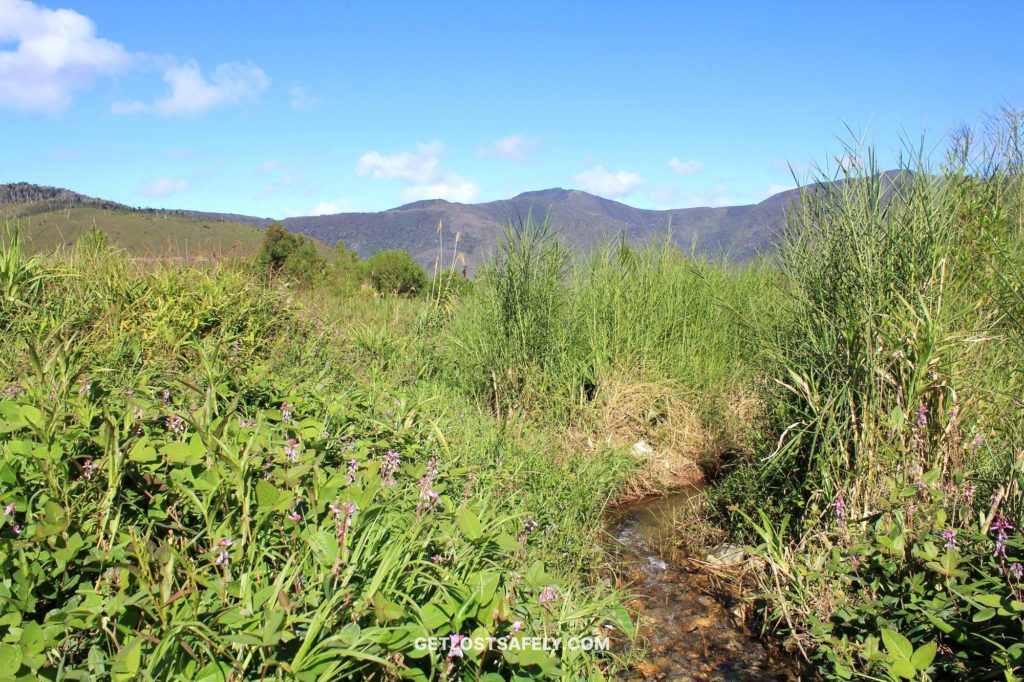
We observed 7 streams that came from springs and flowed into Anggi Giji Lake. In 2012, the water for daily use came from the river and tap water that was the aid of PNPM Mandiri Program. Water from this tap turned yellowish-brown when it rains and there was a slight smell of the mud in the water. We did not use tap water for drinking. We had to walk some distance to collect it directly from the spring.
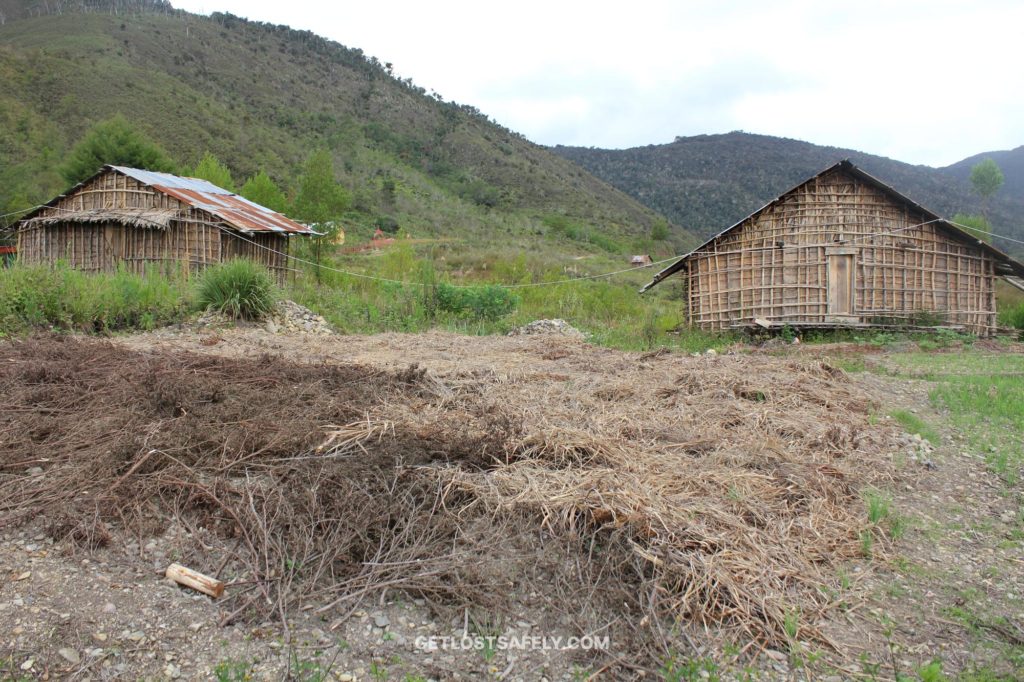
Farming activities in the home yard were very common in Kobrey Village. Most of the residents were farmers. The agricultural products were marketed to Manokwari City. The types of agricultural plants we often encountered in the yard were spring onion, tomatoes, potatoes, and carrots. They farmed in a traditional, organic, and environmentally friendly technique. The grass around the house (or other larger area) was cleaned, left to dry, then burned. The fertilizer was the remaining of the burnt grass and plant.
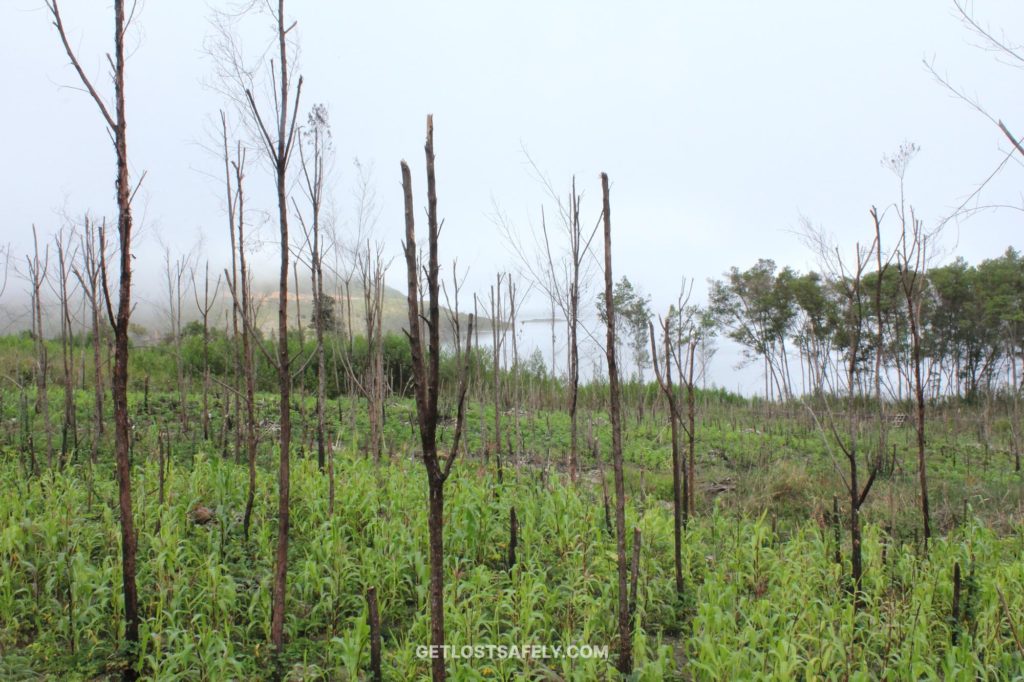
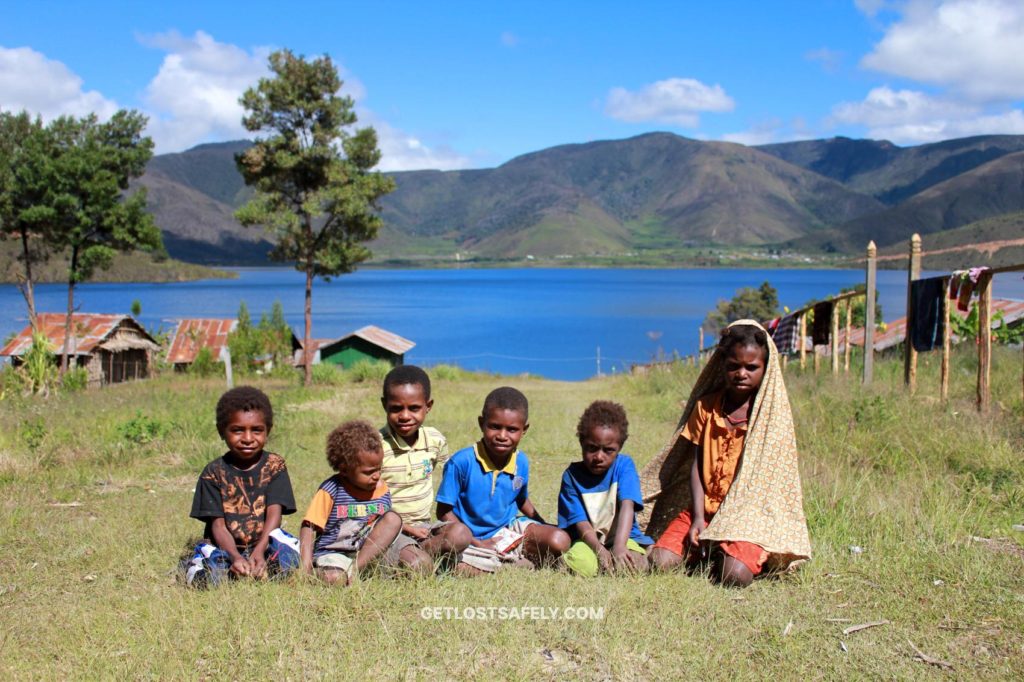
Development in the highlands is now rapidly increasing. Have there been any changes? Are the Millipede House that used to decorate the scenery have been replaced by modern buildings? I sincerely hope that the development will be sustainable that takes local wisdom into account. Hopefully, it will not change the natural state of the unique highland ecosystem. Hopefully, it will not cause pollution and will not marginalize the existence of local indigenous people.
